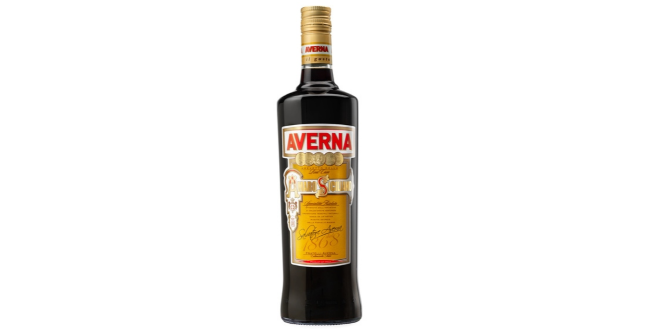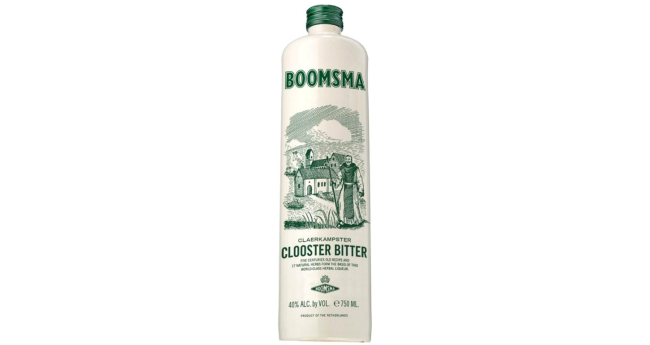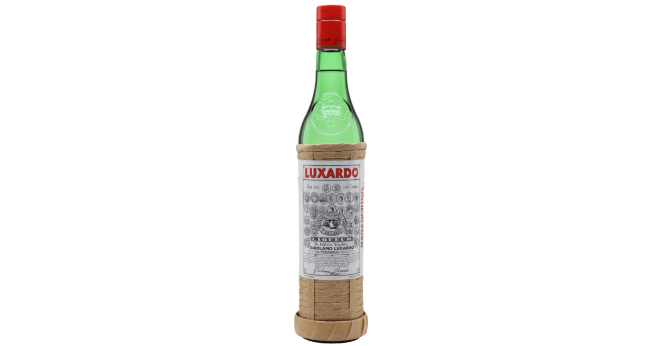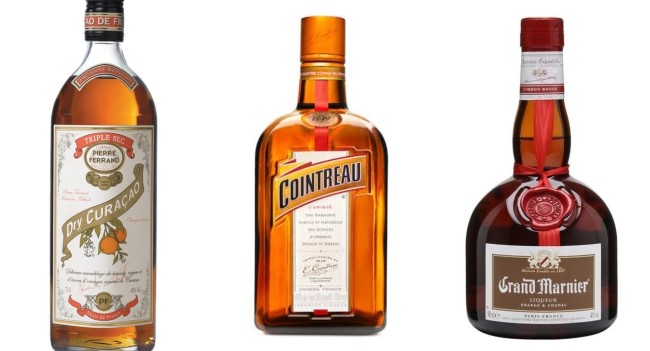Five Essential Liqueur Bottles to Build a Versatile Home Cocktail Bar
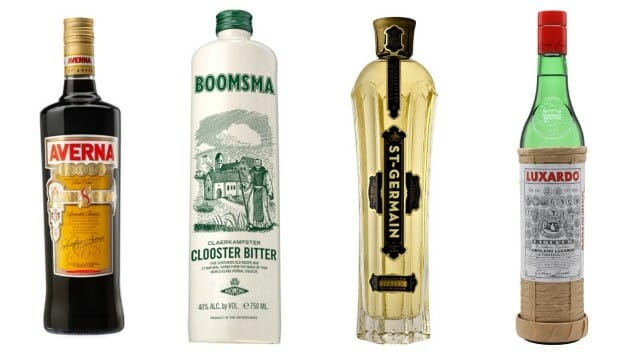
It should go without saying that you need various bottles of base liquor to build an effective home bar. Some good gin? Obviously. You’ll also need some quality bourbon, some rye, some vodka, some tequila, some scotch and some rum. If you don’t have any of those things, then your first step should be acquiring them. Aim for the middle shelf, price-wise. I’ll stay here and wait until you’re done.
Are we well stocked on hard liquor now, then? Good. Let’s talk about some of the many liqueurs your bar could now use. Unlike the base liquors, these are spirits you’re less likely to consume neat—although you could, with some of them—but instead they find a plethora of uses in making a wide variety of cocktails. They run the full liqueur gamut, from fruity and sweet to herbal, bitter and spicy.
Each of these five liqueurs is very different from one another, having a variety of uses that will help you build a very versatile home bar. With these bottles, you’ll be able to not only make plenty of classic cocktails, but experiment with twists on old favorites or create entirely new combinations. Combined with a variety of cocktail bitters, the possibilities become almost endless.
So let’s get to it.
1. Amaro Averna
Your home bar is going to need some amaro, but the dizzying array of choices that lay before you at the package store is one of the more confusing alcohol buying decisions one can be faced with, if you’ve never tasted any of them before. Suffice to say, amaro is an incredibly wide, diverse and eclectic field of liqueurs, and it’s difficult to compare any of them directly against each other, except for the unifying aspect that they’re all meant to share at least some level of bitterness. This, however, is entirely subjective: Fernet Branca, for example, is quite bitter (and minty), while something like Amaro Montenegro is quite rich, viscous, sweet and not particularly bitter. Obviously, you couldn’t simply substitute one for the other in that case, in terms of crafting a cocktail profile.
In my opinion, though, the ideal place to start is Amaro Averna. This Italian liqueur is produced in Sicily, being a complex blend of herb, spice and fruit influences, including pomegranate, bitter orange and lemon. In terms of flavor profile, it’s on the sweeter and richer side of the amaro spectrum, although I don’t find it quite as syrupy sweet as Montenegro. It displays strong impressions of vanilla bean, citrus peel and dark fruit, with a lingering (but gentle) herbal bitterness that helps cut through the sugar and lends a little balance. All in all, though, this leans toward the richer and more decadent end of the amaro spectrum, although that doesn’t stop the Italians from simply enjoying it as an after-meal digestif or drinking it over ice.
In my own kitchen, though, Averna is a go-to ingredient for any number of cocktails that can benefit from a small hit of amaro to add fruit, spice and bitter complexity. It’s considered a must for the Black Manhattan, which swaps in Averna for the usual sweet vermouth, giving the drink a considerably more silky mouthfeel and spicy profile. I also think it’s pretty great in a Paper Plane, which is usually made with Amaro Nonino. Eventually, if you keep exploring the world of amaro, you’ll almost certainly end up with many different bottles in your home bar, but I think Averna is a great place to start.
Potential substitutes: Any richer, sweeter amaro such as Amaro Montenegro can work as a replacement, but you’re best off simply sampling as many amari as you can and finding the one that speaks to you.
-

-

-

-

-

-

-

-

-

-

-

-

-

-

-

-

-

-

-

-

-

-

-

-

-

-

-

-

-

-

-

-

-

-

-

-

-

-

-

-

